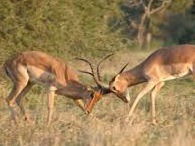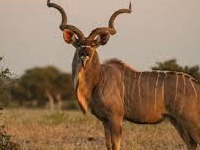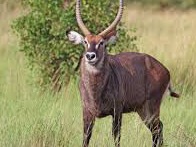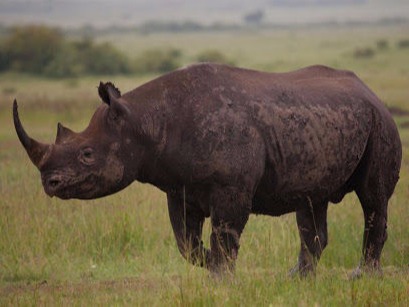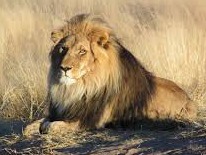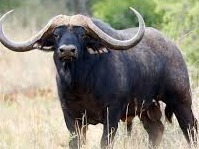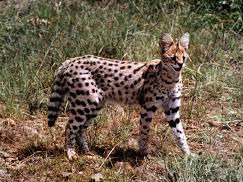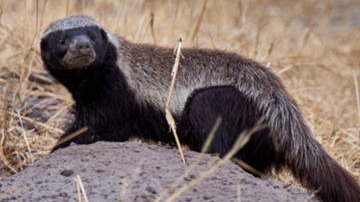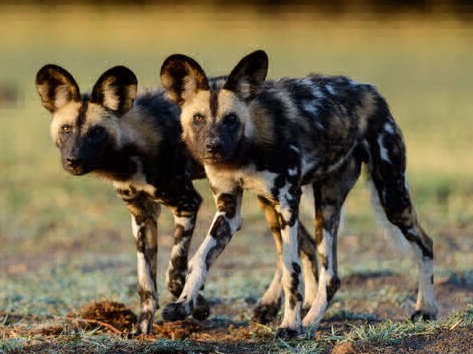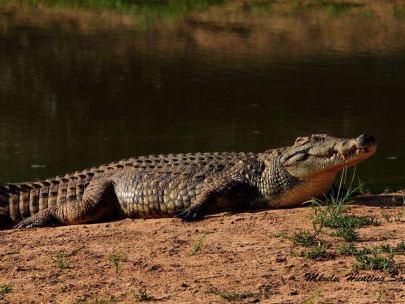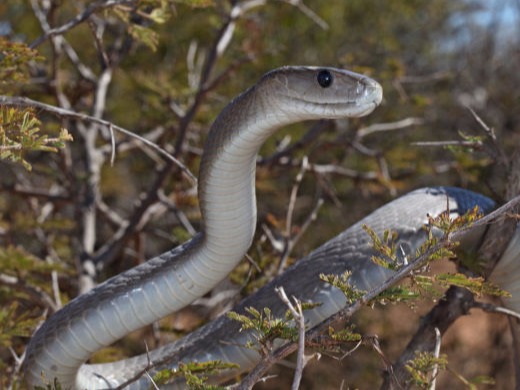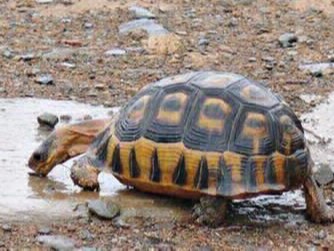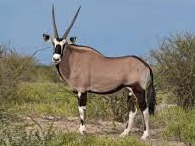
Oryx
Oryx is a genus consisting of four large antelope species called Oryx’s. Three of them are native to arid parts of Africa, and the fourth to the Arabian Peninsula.
Their fur is pale with contrasting dark markings in the face and on the legs, and their long horns are almost straight.
There are four species of Oryx living in Africa and the middle east. They are large antelopes with long, spear-like horns — with the Gemsbok (Oryx gazelle) being the largest of the Oryx species
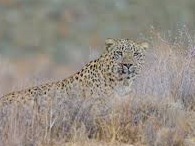
Leopard
Despite being the smallest of the big cats, the illusive leopard is on everyone’s wildlife wish list. These animals are spectacular with their unique rosetted coat. They are generally solitary cats, unless they have young. The success of leopards as a species is due to their incredible adaptability in various habitats.
Keep your eyes peeled for leopard, especially in the early morning and during the evening.
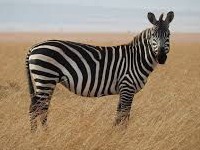
Zebra
Common plain zebras have tails around half a metre in length (18 inches). Zebra crossings (pedestrian crossings) are named after the black and white stripes of zebras. Zebras run from side to side when being chased by a predator. They have excellent eyesight and hearing.
Zebras are single-hoofed animals that are native to Africa. They are also very closely related to horses and donkeys; in fact, they are in the same genus, Equus. The most prominent feature of zebras is the bold patterns on their coats.
